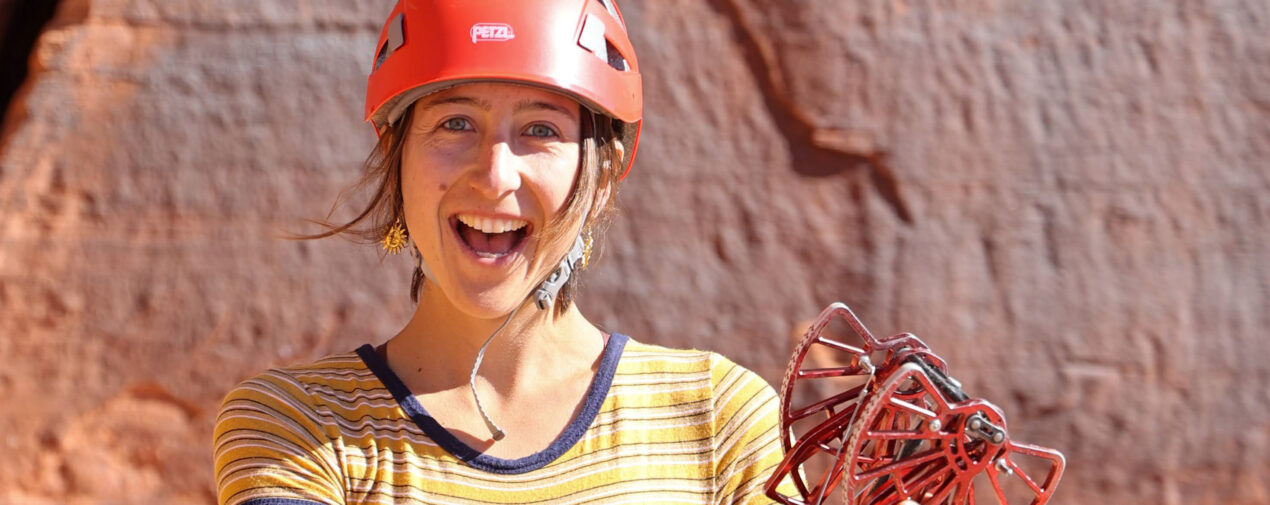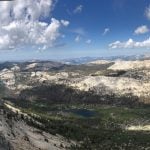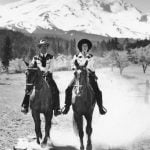Losing Stoke: How to Keep Your Stoke for Rock Climbing
I see a lot of burnout in climbing. I see it most in the trad climbing dirtbag scene, but burnout can happen to everyone. Gym climbers, boulderers, and trad dads alike are not immune to burnout.
It’s a weird mental trick, right? This thing that we love, this thing that takes up most of our free time, can begin to evoke dread instead of stoke. Walking up to the crag or to the problem you’re working on can start to feel like a chore instead of something you’re genuinely excited about.
In my time climbing, I’ve had a lot of ups and downs. I spent an entire season projecting my first 5.12, and then 4 weeks later I couldn’t get up a 5.10 in the climbing gym. I was scared, I was dreading climbing, but I didn’t want to stop.
Ignoring it Doesn’t Help
I felt like if I just climbed through the fear and the dread that I would find the joy and the excitement of climbing waiting on the other side.
Unfortunately, that’s not how climbing works. (I’m not sure that’s how anything works honestly.) I was beginning to associate climbing with discomfort and fear, instead of the curiosity, joy, and triumph I had been accustomed to. As I was doing this, I was creating a physical pattern for my body to follow. Even if I wasn’t scared, if I thought about climbing I would feel the physical sensation of being scared on lead, which would snowball into feelings of “I should love this” and “I shouldn’t be scared”. I was filled with shame, fear, and dread.
It took me a long time to walk my mind away from those feelings and back to where it is now. Today when I think of climbing, I can feel some anxiety about leading above my gear, and a moderate amount of stress about my projects, but it is well within normal ranges, and does not outweigh the joys I get from climbing.
Seek the Joy
It’s important to remember that there will always be fear associated with climbing. The point of getting your stoke back is not to become fearless, it is to create joy that is greater than your fear.
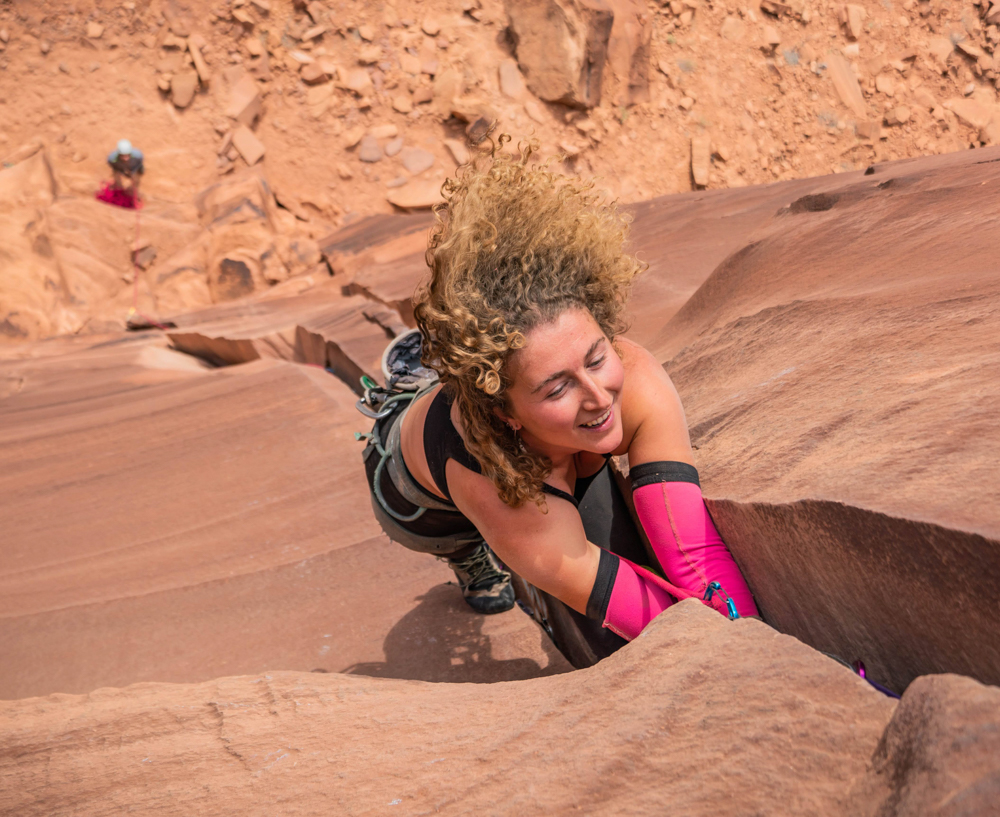
For me, the most important part of retaining stoke for climbing is understanding what about climbing makes you feel the best. You have to really get into your body with this one.
Do you like the movement? What part specifically? Do you like pulling on jugs and clipping bolts? Do you like techy crimps and edges? What aspect do you prefer? Powerful highball bouldering? Low angle multi-pitch slab? Aid climbing? Or perhaps even the robust and beautiful sport of ice climbing? Do you like the solitude of the mountains? Do you like your busy and community oriented bouldering gym? Do you enjoy the pure, unadulterated suffering of mountaineering?
Sending Isn’t the Only Thing That Matters
Spend some time on this, it’s important. You might find (as some people do) that the part they like most about climbing is sending. The thrill of clipping the chains is what really drives their stoke. This was how I thought about climbing for years. I was only happy when I was onsighting harder and harder routes in every style imaginable.
If I was sending 5.11 Indian Creek splitters, I expected to also be sending 5.11 slabs in Joshua Tree, 5.11 multi pitch routes in Yosemite, 5.11 offwidths in Vedauwoo, and 5.11 sport climbs everywhere I went.
In hindsight, as I look at the grades and my expectations at the time, I can’t help but laugh. The skill required to send 5.11 in every style takes years of dedicated practice, and to this day I know very few people who can onsight 5.11 at all of those places mentioned even after decades of climbing.
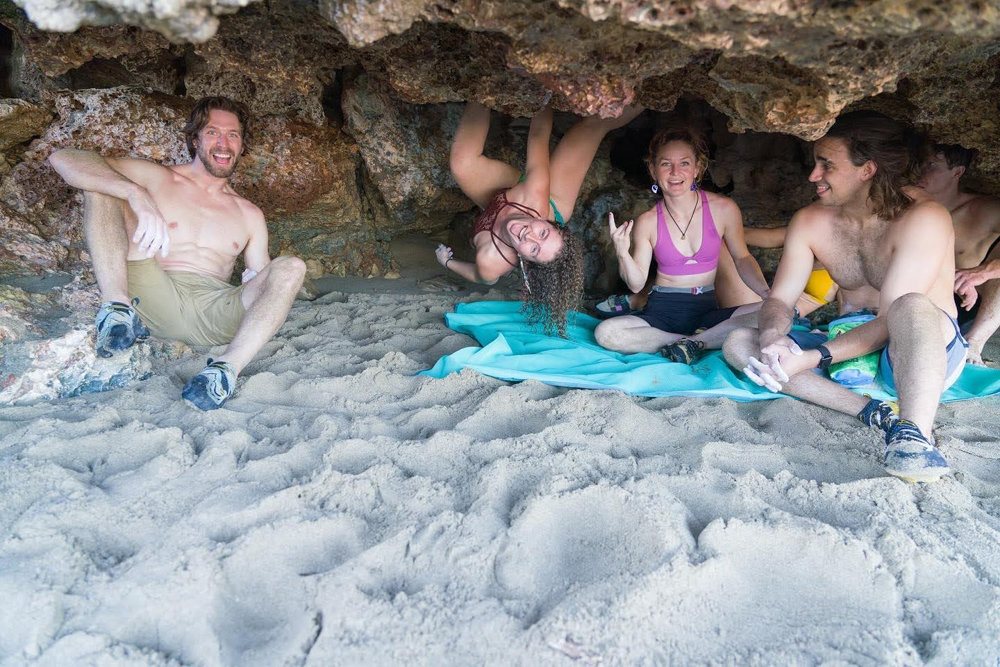
At the time, if I wasn’t immediately good at the climb and the style, I got really upset and felt depressed and worthless. This added to my fear of climbing because I knew if I couldn’t send it right away, then I would begin to spiral into self pity. It made onsighting feel even more desperate. I wasn’t just overcoming the physical and mental challenge of climbing, I was also climbing as fast as I could away from self doubt, depression, and anxiety.
No wonder I started to dread climbing!
Keeping your stoke alive for climbing is all about finding the parts of climbing that bring you most alive, and pouring all of your efforts into that.
When you finally uncover what about climbing really makes your heart soar, it allows you to pursue an avenue in climbing by leading with joy and curiosity instead of obligation.
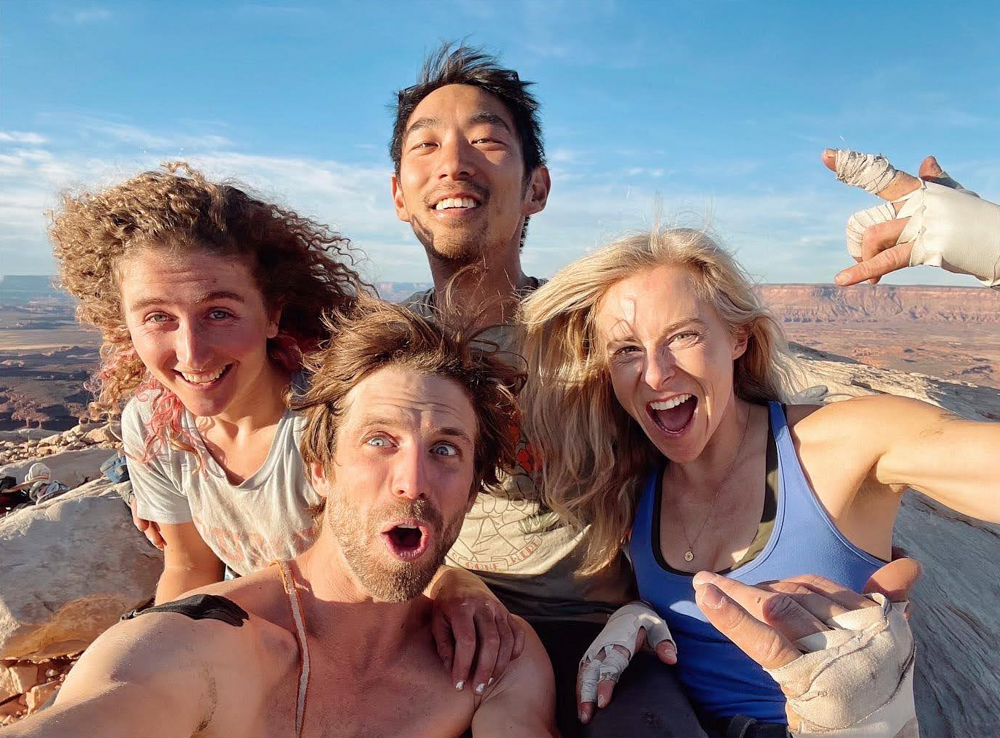
For me, I was terrified of leading above my gear, but I loved the full body try hard that comes with hard crack climbing. However I also found that I got bored of climbing when I only top roped. With all that in mind, I made a transition into offwidth climbing. In offwidth climbing you primarily lead with your cams pushed above you to keep them out of your way, and as anyone will tell you, it’s one hell of a workout.
When I finally found an aspect of climbing that I truly loved, the fear began to fall away, my body retrained itself to be excited instead of afraid when thinking about climbing. And I began to look forward to the new body movements I would get to try out, or the interesting gear placements I got to experiment with. My joy for the sport returned.
Understanding the Difference Between Fear, and Disinterest
In finding what I loved about climbing, I also had to face the parts of climbing that I didn’t love.
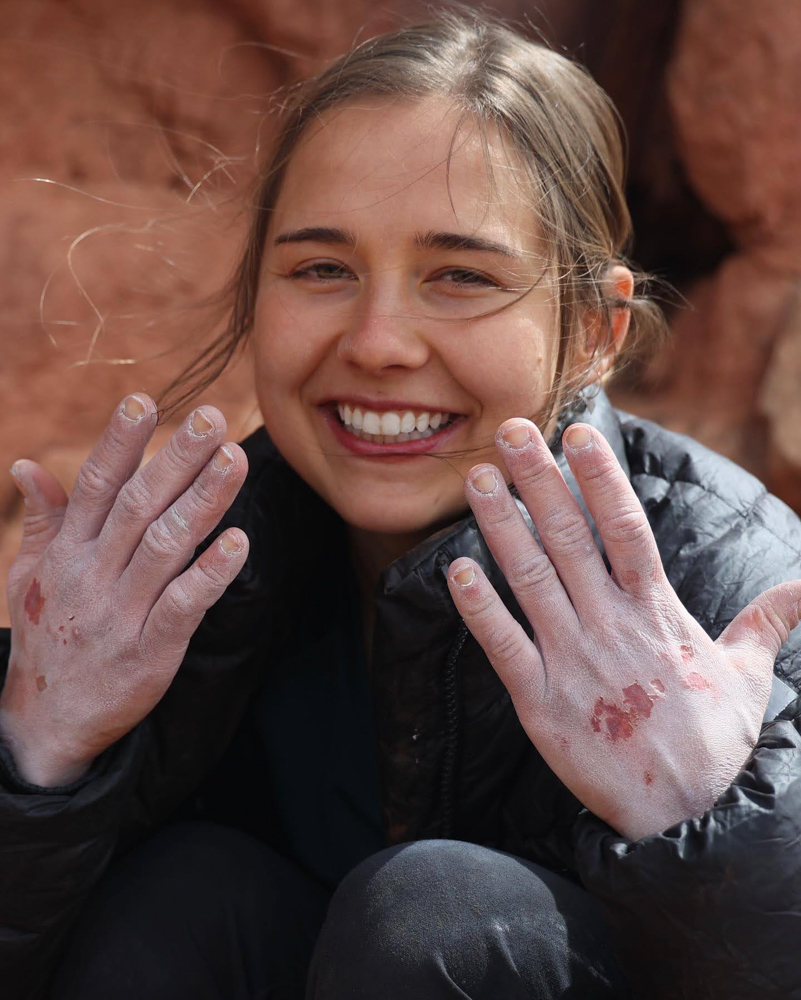
I had to acknowledge that I wasn’t good at every style, and that some routes (even if everyone else I knew was raving about them) just didn’t inspire me.
Armed with the knowledge that I loved crack climbing and offwidth the most, I was able to look at a route at a crag, and without checking the grade or the stars in the book, I could tell immediately whether or not I was excited about it. Sounds obvious right? It should be, but we don’t train ourselves early on in climbing to identify what routes are ‘good’ or ‘bad’ for us. We just look at the stars, or we ask for recommendations, and only end up climbing what other folks recommend we climb. This has no bearing on what we actually like about rock climbing. As someone who likes offwidth, I know I am going to have a terrible time on a 5 star run out slab climb, or a very highly recommended techy sport climb. This doesn’t mean I won’t do them, but my expectation going in is that “this is not my preferred style of climbing, and I will reset my expectations for sending if I do try it.”
For smaller folk in general, I think this goes a long way towards discouraging us from truly finding joy in climbing. Climbing has been primarily spearheaded by tall people with big hands, and so the majority of routes that exist are rated, and graded, in relation to a tall body with larger hands. Do you fall outside of that category? Then you are going to have a moderately to significantly different experience than what the guidebook is explaining.
Stop Searching For Grades
This is where the second part of finding your stoke comes in. You have to let go of your obsession with grades.
When I’m teaching climbing clinics in Indian Creek I tell all of my small handed guests (even those who have never climbed outside before) to start climbing the 5.11’s. Because the Creek was established by primarily big handed climbers, most of the “beginner” routes are 5.10 with lots of number 3’s and large number 2 placements. (Number 3 and number 2 being the size of the cam that protects the crack) If you have big hands, these 2’s and 3’s routes feel like buttery good jug hauls. But if you have small hands, those 3’s are going to feel like desperate cups and rattley fists. Whereas many of the 5.11 cracks in Indian Creek have more number 1 placements on them, which, for small handed folks, will feel like perfect sinker hand jams.
So, what grade is Blue Sun really? It’s a classic 5.10 in Indian Creek, but for most big handed folks it feels like a breeze, whereas I’ve watched heaps of smaller people struggle in frustration at their inability to climb it. With that said, what grade is Coyne Crack? It gets 5.11+ in the guidebook, but for many smaller handed people it feels both easy and breezy.
The takeaway is that grades are ultimately a helpful guideline, but fairly unreliable in practical terms.
If you can untie your self worth from the grades you climb, you free yourself up to exploring the joy in the movement of climbing all sorts of routes.
All that being said, I am just as guilty as the next person, I chase grades too! When I get to the crag I look over the guidebook and pick out the highly recommended 5.10’s and 5.11’s, but before I go up them, I stand at the base and see how they make me feel before I commit to climbing them.
You really have to Marie Kondo your climbing experience. Does the climb spark joy? Go for it. Does it not spark joy? Leave it.
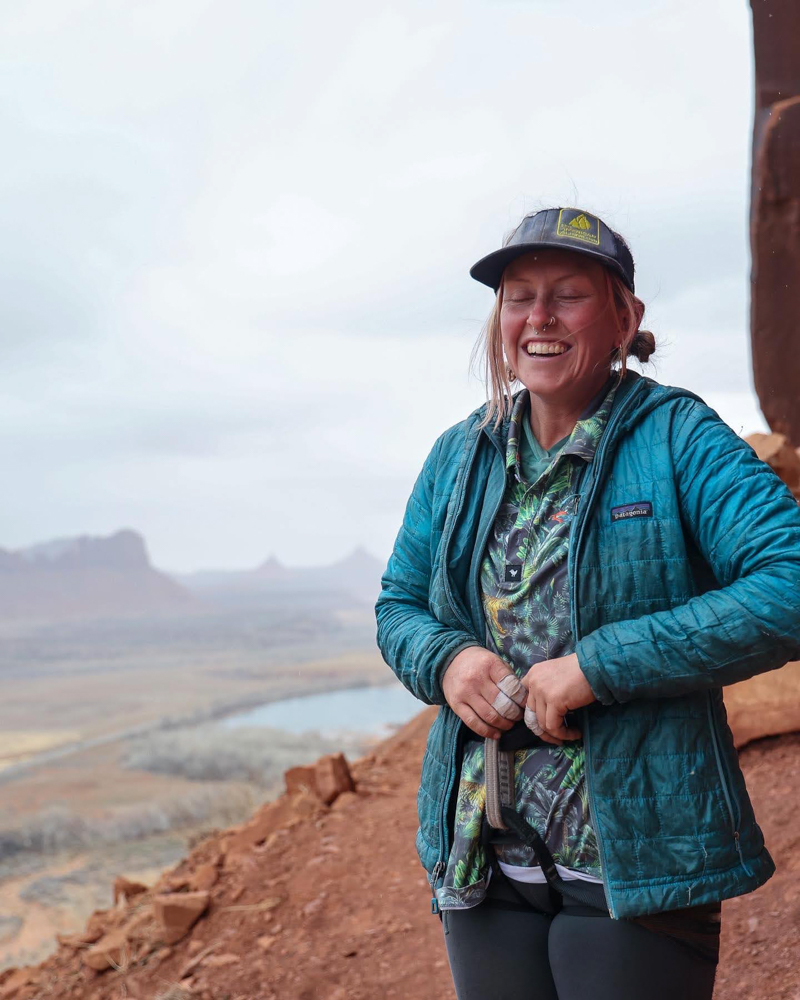
Letting go of an obsession with grades allows you to find joy in climbs ranging from 5.7 to 5.12. It also allows you to try routes that are far above what you think you can climb. A practice I’m really fond of is walking up to the crag and scanning the cliff until something catches my eye. When I see a route that intrigues me, I walk up to it and then I go find the grade, the gear, and my belayer. This has led me to the base of some amazing 5.6’s as well as some unbelievable 5.12’s.
When you release your hold on grades as something that defines you, it doesn’t matter as much when you take a whip on that 5.9, or when you onsight that 5.12. (although to be honest, onsighting still feels amazing!) You can let go of the shoulds in climbing and focus more on the parts that excite you.
Stoke is No Joke
Finally, prioritize climbing with people who make you excited to climb.
There is a saying I’m particularly fond of, “stoke is no joke.” If you are dragging your climbing partner to the gym, or you have to give your belayer a pep talk at the end of every pitch, you are not going to be excited to climb. It takes a lot – and I mean a lot – of emotional energy to carry the stoke for two people, especially if you are already struggling to find the stoke yourself.
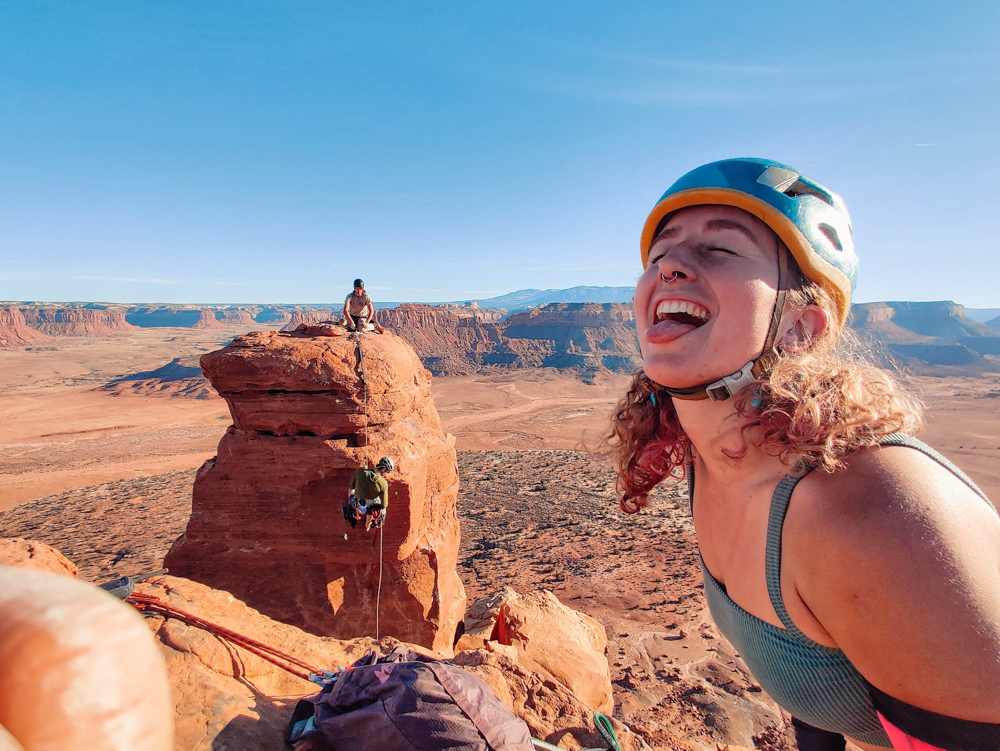
Prioritize climbing with people who fuel your fire for the climbs you want to get on. Don’t climb with people who turn their noses up at a route because of the grade (high or low!), don’t climb with people who make you feel pressured to climb something you’re not excited about, or make you feel like you have to send it in a certain style. Climb with people who genuinely celebrate your successes, and who you can authentically feel excited about when they send as well. Climb with people who make you feel safe when you’re leading and who communicate openly and easily about their needs.
In summary, stay open and curious about climbing, and surround yourself with folks who are as well.
Let go of the shoulds, take a break from pushing yourself past your limits, and follow the joy.
Otherwise what’s the point?
Cover photo credit: Kaya Lindsay
About the Gear Tester
Kaya Lindsay is a writer, photographer, and filmmaker with a passion for rock climbing and the outdoors.
In 2016 she converted a Sprinter Van into a tiny home and has been traveling around the US & Canada to pursue her passion for rock climbing. Since hitting the road she has begun a career in filmmaking and is currently working on her One Chick Travels series, highlighting solo female travelers who live and work to pursue an adventurous lifestyle. Her films have been highlighted by major brands such as Backcountry and Outside TV. To fulfill her passion for writing, she chronicles her many adventures in her blog. Professionally, she writes for the adventure sports company Outdoor Prolink and The Climbing Zine. Kaya hopes to spend many more years in her tiny home on wheels, Lyra, and is currently living in Moab Utah.

